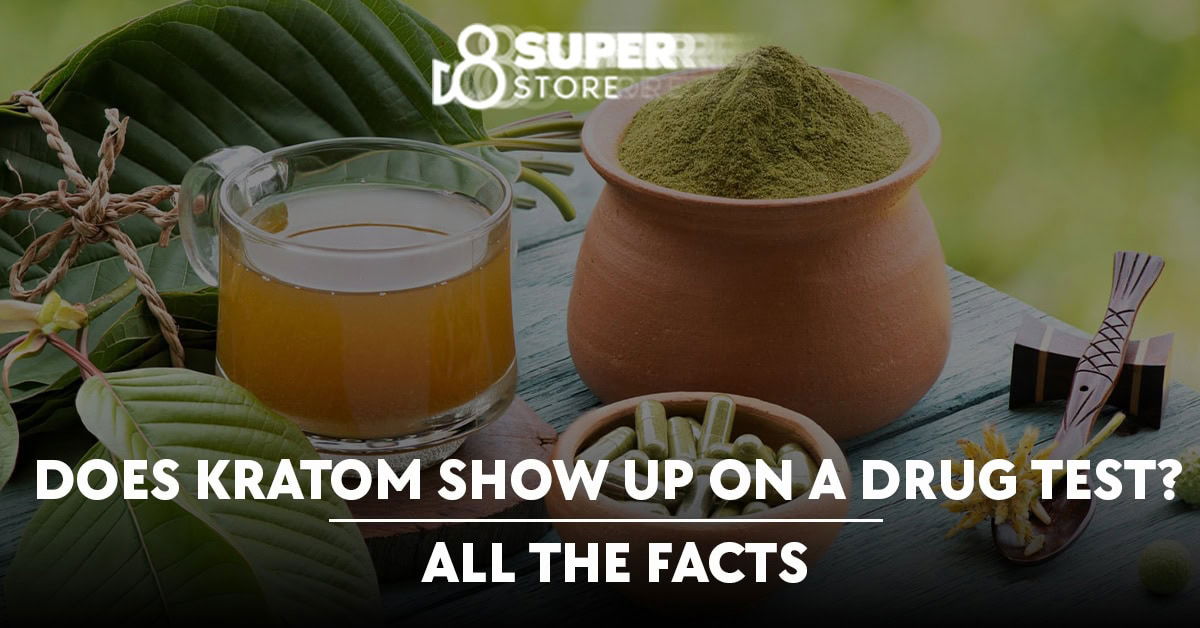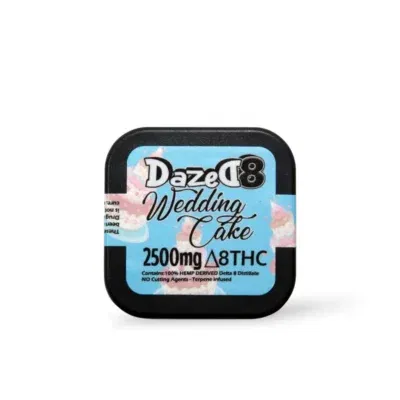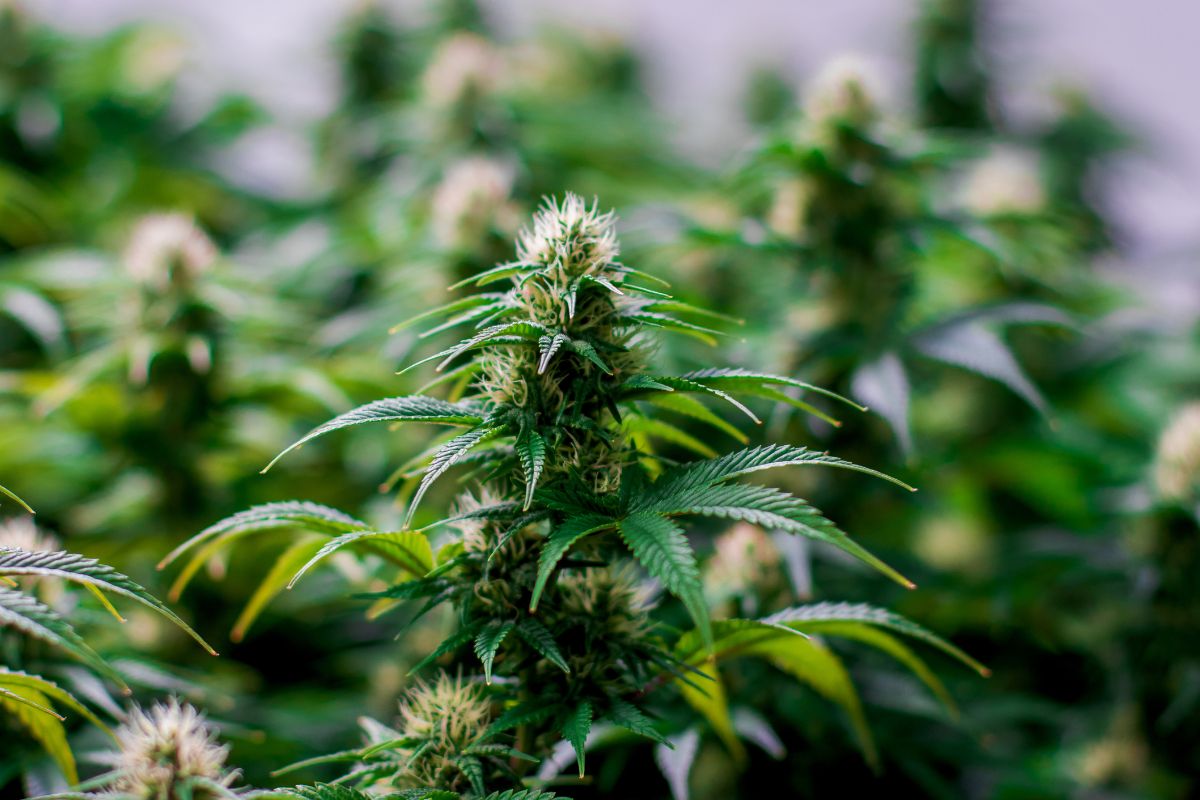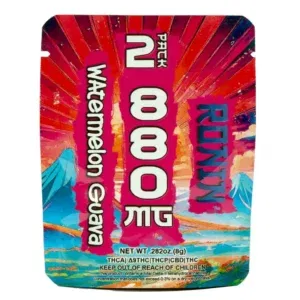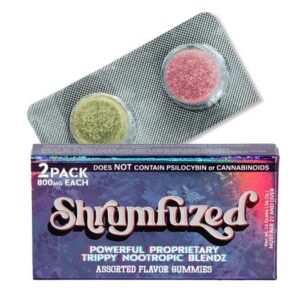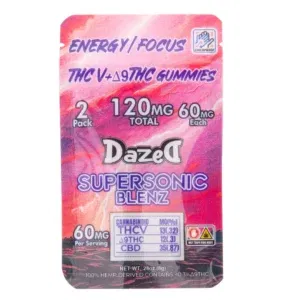Does Kratom Show Up On A Drug Test? All The Facts
Crazy about Kratom and worried it could show up on a drug test? Guess what, you’ve hit the jackpot!
In this blog post, we’ll be exploring all the facts and answering your burning questions. Whether you’re an avid user or just curious about Kratom’s relationship with drug testing, keep reading – we’ve got you covered.
What Is Kratom?
Kratom is a tropical tree native to Southeast Asia, with leaves that can have psychotropic effects.
Kratom is not currently illegal and has been linked to treatment of pain and opioid addiction.
However, there are concerns about its safety, as it has been linked to cases of psychosis and death. Kratom is banned in some countries, such as Thailand.

The Genus of the Kratom Tree
Kratom is part of the Rubiaceae family, which includes coffee and gardenia. The kratom tree is native to Southeast Asia, where it has been used for centuries as a traditional medicine.
Kratom is classified into three different genera: Mitragyna, Horsfieldia, and Nauclea.
Mitragyna speciosa is the scientific name for the kratom tree. There are over 40 different species of kratom trees, all of which are native to Southeast Asia.
The kratom tree grows to a height of 30 feet (9 meters) and has large, glossy leaves. The leaves of the kratom tree are used to make a variety of different products, including powders, capsules, and teas.
Horsfieldia superba is another species of kratom tree. This tree is native to Indonesia and Malaysia.
The Horsfieldia superba tree grows to a height of 50 feet (15 meters) and has dark green leaves. The leaves of this tree are also used to make various kratom products.
Nauclea latifolia is the third genus of kratom tree. This tree is native to Thailand and Myanmar.
The Nauclea latifolia tree grows to a height of 30 feet (9 meters) and has dark green leaves with white veins running through them. The leaves of this tree are also used in the production of various kratom products.
Does Kratom Show Up On A Drug Test?
If you’re wondering whether kratom will show up on a drug test, the answer is probably not. Kratom is not a common ingredient in drug tests, and even if it were, it would likely be flagged as an unknown substance rather than tested for specifically.
However, there are some caveats to this. First of all, different drug tests have different cutoff levels for what they consider a positive result.
So, if kratom is near the cutoff level for a particular test, it’s possible that it could produce a false positive result for another substance.
Secondly, some drug tests are designed to look for specific metabolites of drugs, and it’s possible that kratom could produce one of these metabolites.
If you’re concerned about whether kratom will show up on a drug test, your best bet is to avoid taking it altogether.
What Types of Drug Tests Can Possibly Be Used?
There are a few different types of drug tests that could potentially be used to test for the presence of kratom in a person’s system.
The most common type of drug test is urine analysis, which can detect the presence of kratom metabolites in a person’s system. Blood and hair tests can also be used, but are less common.
So, Will I Pop Positive for Kratom?
If you’re taking kratom and are worried about it showing up on a drug test, you’re not alone.
Many people who take kratom worry about this, as kratom is not a well-known substance. However, there is good news: kratom will not show up on a standard drug test.
There are two main types of drug tests: urine tests and hair follicle tests. Urine tests are the most common type of drug test, and they typically screen for amphetamines, cocaine, marijuana, PCP, and opioids. Kratom does not fall into any of these categories, so it will not show up on a urine test.
Hair follicle tests are less common, but they can be used to detect drugs that have been taken in the past 90 days. Kratom will not show up on a hair follicle test either.
So, if you’re taking kratom and are worried about it showing up on a drug test, you can rest assured that it will not.
How Long Does Kratom Stay In Your System?
This is a difficult question to answer because it depends on a number of factors, including the individual’s metabolism, how much kratom was consumed, and what form of kratom was used.
Generally speaking, though, it is believed that kratom can stay in your system for up to 24 hours.
How Long Does Kratom Last?
The effects of kratom can last anywhere from five to six hours. The length of time depends on the dose taken and individual body chemistry.
People who use lower doses tend to experience the effects for a shorter period of time than those who use higher doses. Extremely high doses can result in prolonged effects that may last up to 24 hours.
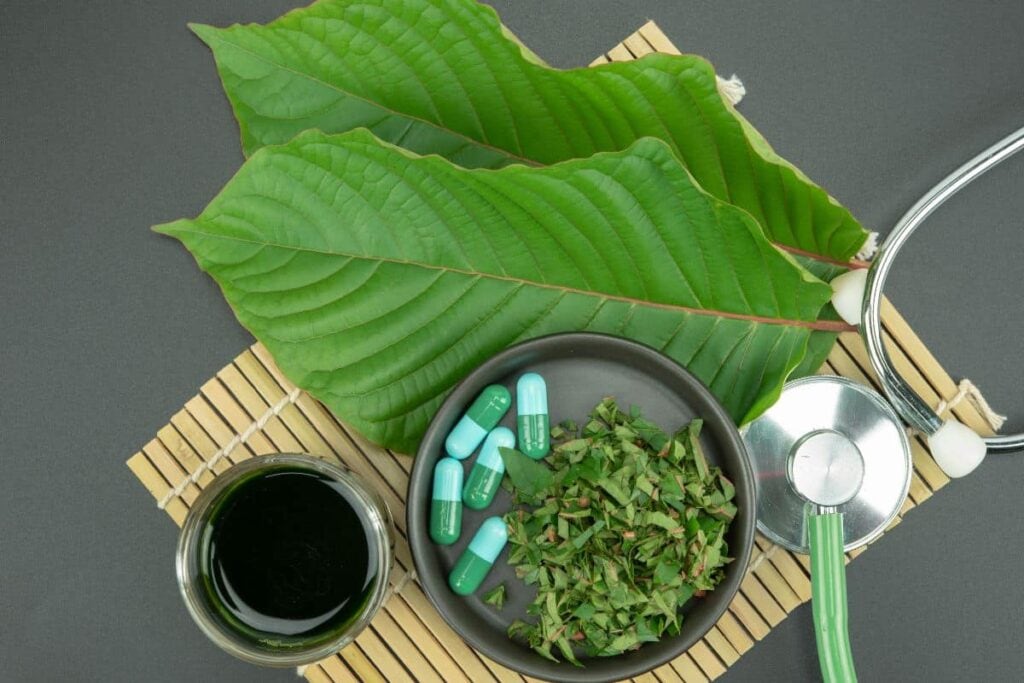
Can I Make the Effects of Kratom Last Longer?
Yes, you can make the effects of kratom last longer. There are a few things you can do to prolong the effects of kratom. First, you can take a lower dose.
A lower dose will last longer than a higher dose. Second, you can take kratom on an empty stomach. Taking kratom on an empty stomach will make the effects last longer.
Third, you can avoid taking too many other drugs or supplements that might interact with kratom and reduce its effectiveness.
Fourth, you can build up a tolerance to kratom by taking it regularly. Regular use will make the effects last longer. Finally, you can try different strains of kratom to see which one lasts the longest for you.
Can You Smoke Kratom?
Smoking Kratom is not advised. The smoke from burning Kratom leaves is harsh and can irritate your lungs. Additionally, there is no research to suggest that smoking Kratom is an effective way to take the drug.
What Are the Different Ways I Can Take Kratom?
There are a few different ways that you can take kratom. The most popular way is to simply chew on the leaves. This is the traditional method that has been used for centuries in Southeast Asia.
Another popular way to take kratom is to make a tea out of the leaves. This is a very effective way to take kratom and many people enjoy the taste of the tea as well.
You can also find kratom capsules which are becoming more popular as they are easier to take and offer a more consistent dose.
What Are the Different Uses of Kratom?
Kratom is a plant that has many different uses. Kratom can be used as a natural painkiller, a mood enhancer, and even an anti-anxiety medication. Kratom is also often used as a way to help people quit smoking cigarettes.
What About the Benefits of Kratom?
There are many potential benefits of kratom, including its ability to relieve pain, improve mood, increase energy levels, and help with addiction.
However, there is currently no scientific evidence to support these claims. Additionally, kratom may cause serious side effects, such as liver damage, seizures, and death.
Therefore, it is important to speak with a healthcare provider before using kratom or any other herbal product.
How Can Kratom Possibly Benefit Me?
Kratom is a tropical tree native to Southeast Asia. The leaves of the kratom tree are traditionally crushed and made into a tea to be consumed for its stimulant effects.
In recent years, kratom has become more popular in Western countries as an herbal supplement and alternative treatment for pain relief, anxiety, and depression.
Kratom is not currently regulated by the US Food and Drug Administration (FDA), so its safety and efficacy have not been fully studied.
However, there is some evidence to suggest that kratom may have potential health benefits, including:
- Pain relief: Kratom leaves contain compounds that can interact with opioid receptors in the brain to produce pain-relieving effects. A small study in rats found that kratom extract was effective at reducing pain associated with arthritis.
- Anxiety relief: Kratom leaves also contain compounds that can act on serotonin receptors in the brain to produce anti-anxiety effects. A small study in rats found that kratom extract was effective at reducing anxiety.
- Depression relief: Kratom leaves contain compounds that can act on dopamine receptors in the brain to produce antidepressant effects. A small study in rats found that kratom extract was effective at reducing depression.
- Addiction treatment: Some of the compounds in kratom leaves can interact with opioid receptors in the brain to produce similar effects as opioids, but without the risk of addiction or overdose.
Does Kratom Have Any Side Effects?
Yes, kratom does have side effects. While they are typically mild and temporary, some people may experience more serious reactions. The most common side effects include:
- Nausea
- Vomiting
- Diarrhea
- Constipation
- Dizziness
- Headache
- Dry mouth
More serious side effects have also been reported, though they are rare. These include:
- Seizures
- Hallucinations
- Liver damage
- Psychotic episodes
Dosing Kratom: How Much Should I Take?
When it comes to taking kratom, there is no one-size-fits-all answer. The right dose for you will depend on a number of factors, including your body weight, tolerance, and desired effects.
With that said, most people find that a dose of 1-5 grams of kratom powder is all they need to achieve their desired effects. If you’re new to kratom, start with a lower dose and increase as needed.
It’s also important to note that kratom tolerance can develop quickly. If you find that your usual dose isn’t giving you the desired effects anymore, take a break from kratom for a few days (or up to a week) to reset your tolerance levels.
Kratom Dose: It Depends on the Reason You’re Taking It
The most important thing to know about taking kratom is that there is no one-size-fits-all answer to the question of how much to take. The right dose of kratom depends on many factors, including your body weight, tolerance, and the reason you’re taking it.
For most people, a moderate dose of kratom (1-5 grams) will provide the desired effects. If you’re new to kratom, start with a low dose and increase it gradually until you find the dose that works best for you.
If you’re taking kratom for pain relief, a higher dose may be necessary. Some people find that they need to take up to 10 grams of kratom per day to get relief from chronic pain.
There are also different strains of kratom, which can vary in potency. For example, Maeng Da kratom is considered to be one of the strongest strains available.
If you’re unsure about which strain to take, start with a moderate dose of a less potent strain and increase as needed.
Finally, keep in mind that everyone reacts differently to kratom. What works for one person may not work for another. Listen to your body and be willing to experiment until you find the dose that works best for you.
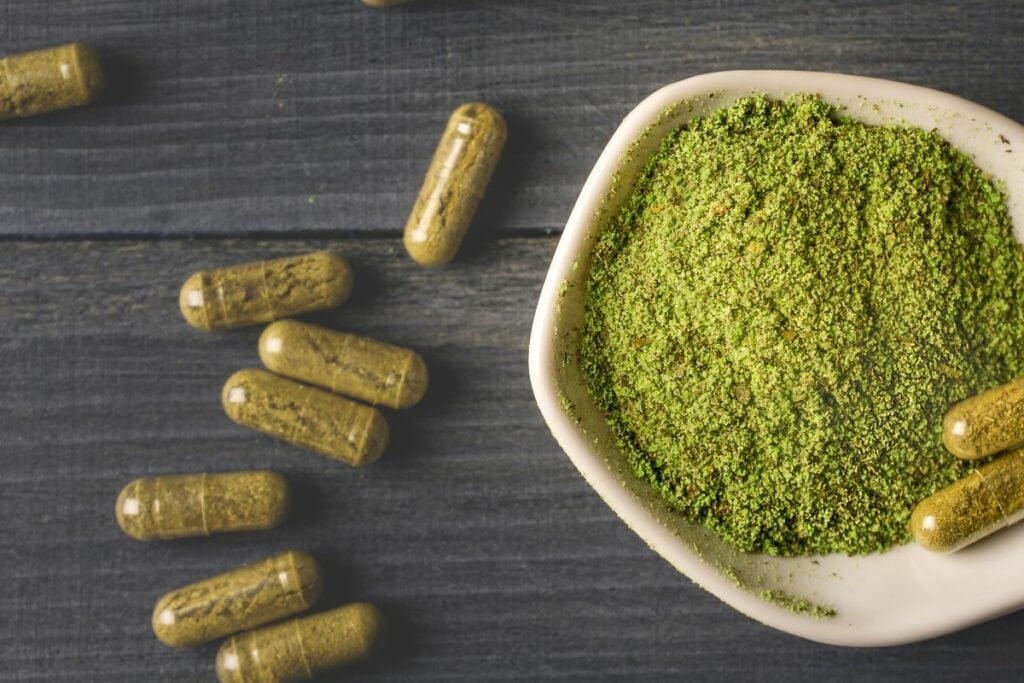
What’s the Latest Research on Kratom? Have There Been Any Recent Studies?
In recent years, kratom has become increasingly popular as an herbal remedy for a variety of conditions, including pain relief, anxiety, and depression.
Due to its purported health benefits, many people are curious about whether kratom will show up on a drug test.
However, there is currently no definitive answer to this question as kratom is not a federally regulated substance in the United States.
This lack of regulation means that there is no standardization in the manufacturing process of kratom products, which makes it difficult to know exactly what’s in each product.
Additionally, there is very little research on kratom’s effects on humans, so it’s unclear how it may impact drug tests.
Some anecdotal evidence suggests that kratom could potentially cause false positives for opioids, but this has not been proven in any scientific studies.
If you’re concerned about whether kratom will show up on a drug test, your best bet is to avoid taking it altogether.
How Hard Is Kratom on The Liver?
Kratom is a tropical tree that has been used for centuries in Southeast Asia for its stimulant effects.
The leaves of the kratom tree are typically dried and made into a powder, which can be taken by mouth or brewed as a tea. Kratom is also available in capsules and tablets. Kratom extract is also sometimes used to treat diarrhea.
Kratom has been shown to have both stimulating and sedative effects, depending on the dose. At lower doses, kratom has been shown to act as a stimulant, while at higher doses it has sedative effects. Kratom has also been used to help manage pain and withdrawal symptoms associated with opioid addiction.
So does kratom show up on a drug test? The answer is maybe. It depends on the type of drug test being used as well as how much kratom was consumed.
For example, kratom will not show up on a standard urine drug screen (UDS). However, it may show up on certain blood or saliva tests. Additionally, if kratom is consumed in large quantities, it could potentially cause liver damage.
Therefore, if you are taking any medications that could potentially interact with kratom, or if you have any concerns about your liver function, it is best to speak with your healthcare provider before using this herb.
Here’s How Much Kratom Causes Liver Damage
Kratom (Mitragyna speciosa) is a tropical evergreen tree from Southeast Asia and is native to Thailand, Malaysia, Indonesia and Papua New Guinea. Kratom, the original name used in Thailand, is a member of the Rubiaceae family.
Other members of the Rubiaceae family include coffee and gardenia. The leaves of kratom are consumed either by chewing, or by drying and smoking, putting into capsules, tablets or extract, or by boiling into a tea.
The effects are unique in that stimulation occurs at low doses and sedation occurs at high doses. Both stimulant and sedative effects can occur at the same time.
Kratom has been traditionally used for centuries in countries where it grows as an opium substitute and as a mild stimulant.
It was first introduced to the Western world by Dutch physicians working in Indonesia during the 19th century. Kratom is also known by other names such as ketum, biak-biak, kakuam, ithang and Thom.
In small amounts, kratom acts as a stimulant; providing extra energy and enhanced mental focus. In larger amounts it can act as a sedative – causing euphoria & dreamlike state while relieving pain (analgesic).
Kratom is currently sold legally in many countries around the world – including the United States – although there have been some calls for it to be banned outright due to its potential for abuse & addiction.
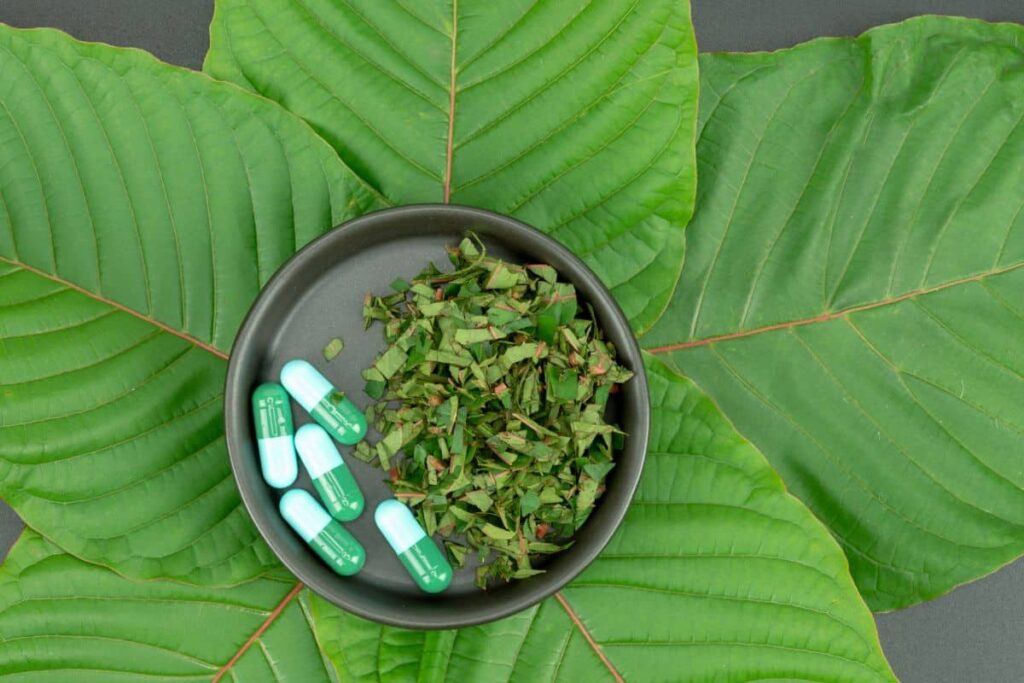
Getting Help With Drug Abuse: Kratom
If you or someone you know is struggling with drug abuse, there are resources available to help.
Kratom is a substance that has been linked to addiction and overdose, so it’s important to get professional help if you’re struggling with kratom abuse. There are many treatment options available, so don’t hesitate to reach out for help.
There are a number of facilities that offer treatment for kratom addiction. These include inpatient and outpatient programs, as well as detoxification centers.
Treatment usually begins with detox, which can help to flush the substance out of your system. After detox, you’ll work with counselors and therapists to address the underlying causes of your addiction and develop healthy coping skills.
You may also participate in group therapy and other activities designed to promote recovery. With the right treatment, you can overcome kratom addiction and build a healthy, sober life.
Using Kratom for Opioid Addiction
Opioid addiction is a serious problem in the United States. According to the National Institute on Drug Abuse, more than 115 people die every day from overdosing on opioids.
Kratom is a tree native to Southeast Asia that has been used for centuries as a traditional medicine. In recent years, kratom has gained popularity as an alternative treatment for opioid addiction.
There is no FDA-approved use of kratom, and it is not legal to sell in the United States. However, there is growing evidence that kratom may be effective in treating opioid addiction.
A study published in the Journal of Psychoactive Drugs found that kratom was helpful in reducing cravings and withdrawal symptoms in rats that were addicted to opioids.
Kratom works by binding to the same brain receptors as opioids, but it does not produce the same harmful effects.
Kratom can help reduce anxiety and pain, and it has been shown to be helpful in treating other conditions such as depression and post-traumatic stress disorder.
While more research is needed on the potential benefits of kratom for treating opioid addiction, it is promising alternative for those struggling with this disease.
Other Ways to Seek Help For Addiction
If you or someone you know is struggling with addiction, there are many ways to get help. Here are some resources:
- Addiction Treatment Centers: There are many addiction treatment centers that can help you or a loved one get on the path to recovery.
- 12-Step Programs: 12-step programs like Alcoholics Anonymous and Narcotics Anonymous can be very helpful for people struggling with addiction.
- Therapy: Therapy can be a great way to address the underlying issues that may be driving your addiction.
- Self-Help Groups: There are many self-help groups available to help people struggling with addiction, such as SMART Recovery and LifeRing Secular Recovery.
Delta-8 THC Products
Delta-9 THC Products
Delta-10 THC Products
Shop our top brands:
Kratom: Final Takeaway
Kratom is a controversial substance that has been used for centuries in Southeast Asia for its medicinal properties. In recent years, kratom has gained popularity in the United States as an alternative to traditional medical treatments.
While there is some evidence to support the efficacy of kratom for certain conditions, there is also concern about its potential side effects.
One of the biggest questions surrounding kratom is whether or not it will show up on a drug test. The answer to this question is complicated, as it depends on several factors.
First, it is important to understand how drug tests work. Most drug tests are designed to detect the presence of specific drugs or their metabolites in the body.
The specific metabolites that are tested for vary depending on the type of drug test being used.
For example, urine drug tests usually test for the presence of THC, the active ingredient in marijuana. Blood and hair drug tests may test for a variety of different substances, including kratom.
So, does kratom show up on a drug test? It depends on the type of drug test being used. If you are taking a urine drug test, it is unlikely that kratom will show up on the test.
However, if you are taking a blood or hair drug test, there is a chance that kratom could be detected.
Resources:

